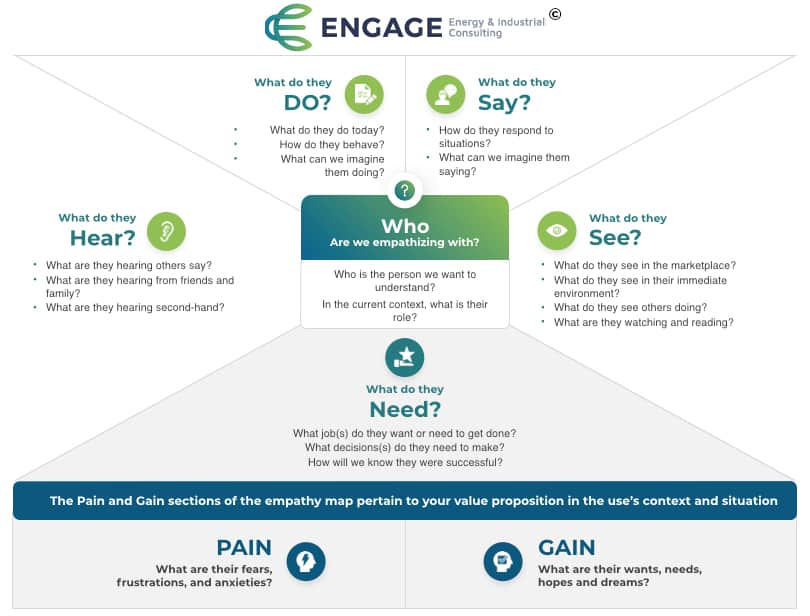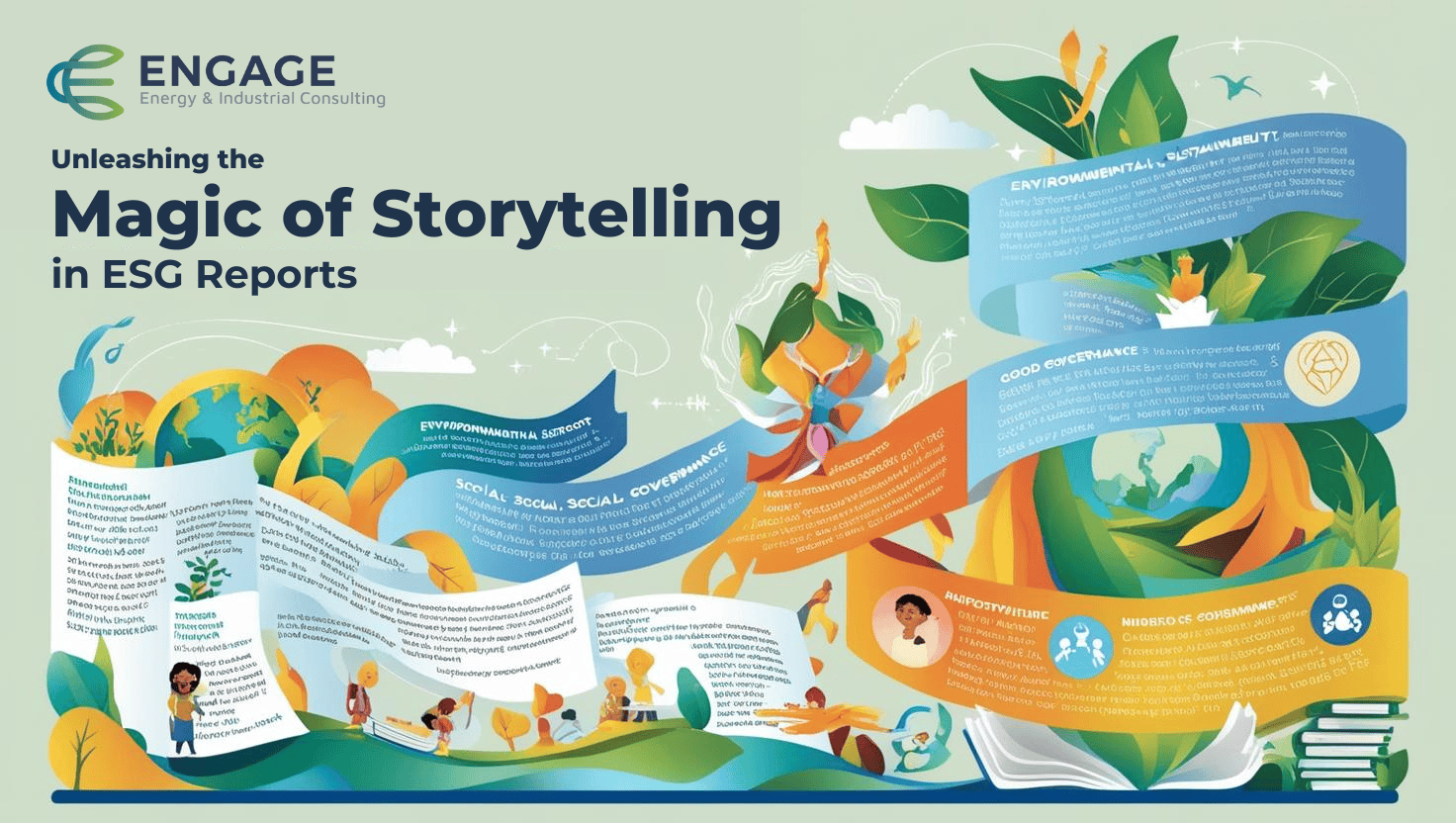In my previous blog post, I wrote about the four essential elements of a successful business transformation.
- The Who – Change Management
- The What – Implementation Through Human-Centered Design (Design Thinking)
- The Why – The Business Case
- The How – Project Governance
To expand on each of these categories, we devoted our latest podcast to the first element on the list – Change Management. Click the link above to listen, or watch it below:
Defining Change Management
Change management is a structured approach to support key stakeholders through the change process. It is directed at the “Who;” the stakeholders that will be most impacted by the transformation. The success of your initiative depends on how individuals in the organization embrace and adopt these changes. The data is abundantly clear. The better we apply change management principles, the more likely we are to succeed.
Effective change management strategies balance a technical approach with an engagement strategy that ensures alignment, acceleration, and ownership of the change process — engaging stakeholders at the point of execution to drive adoption.
Communication is Key
One of the most important, yet often poorly understood elements of change management is communication. When a project or initiative ends, we often find that organizations site communication as a weakness.
It’s important for leaders to note how people react to their messaging. In fact, it’s a key measure for how effective they are in communicating change. This perspective places the burden of successful communication on the communicator rather than the audience.
One of the most effective tools we use to ensure effective communication is called “Empathy Mapping”. Empathy maps are used to “empathize” with the audience to understand what they are feeling and thinking. Let’s take a closer look at how it works.
Empathy Mapping
Empathy mapping is the first step in a process called “Design Thinking”. The goal of Design Thinking is to develop processes and systems with the end user in mind. An empathy map is a simple, visual tool that captures information about a user’s behaviors and attitudes.
Empathy mapping is a critical element within Design Thinking that focuses on each impacted role and is a great exercise for groups to “get inside the heads” of the user. It ensures that we understand and empathize with the audience for whom they are designing for.

At Engage, we have used empathy mapping to build more effective communication plans with our clients. Instead of building the conventional communication plan that outlines a common message to a wide audience within the organization, we have designed messaging for each of the roles within their areas of business and responsibility based on the information from our empathy mapping sessions.
The most rewarding result of our empathy mapping exercise, is the realization the leaders have after walking through each role and taking time to think about what their people are thinking, how they feel, what they say, and what they do.

Asking Questions From Their Perspective
Specifically, what do they need to hear? What communication method would be most effective? And, who would be most effective in delivering that message? We would answer these questions for each role separately, because, through this process, each role has a different perspective regarding the changes that are being designed, and require hearing a different message, and from different delivery methods of that message.
Members of the impacted roles who take part in the empathy mapping sessions are more optimistic and trusting because their leaders are going the extra mile to ensure their concerns are addressed and that communication is effective. The value that we unlock, is the knowledge the leadership gain about their people and helped them improve their communications to focus on effective messaging.
To summarize, if you’re willing to take on the challenge of understanding what communication strategies are most effective for the roles within your organization, you can will greatly improve the likelihood of a successful change management approach. Make empathy mapping an essential element and tool for improved communication for your next change management initiative.
To get started on your change management journey contact us at www.engageeic.com.





